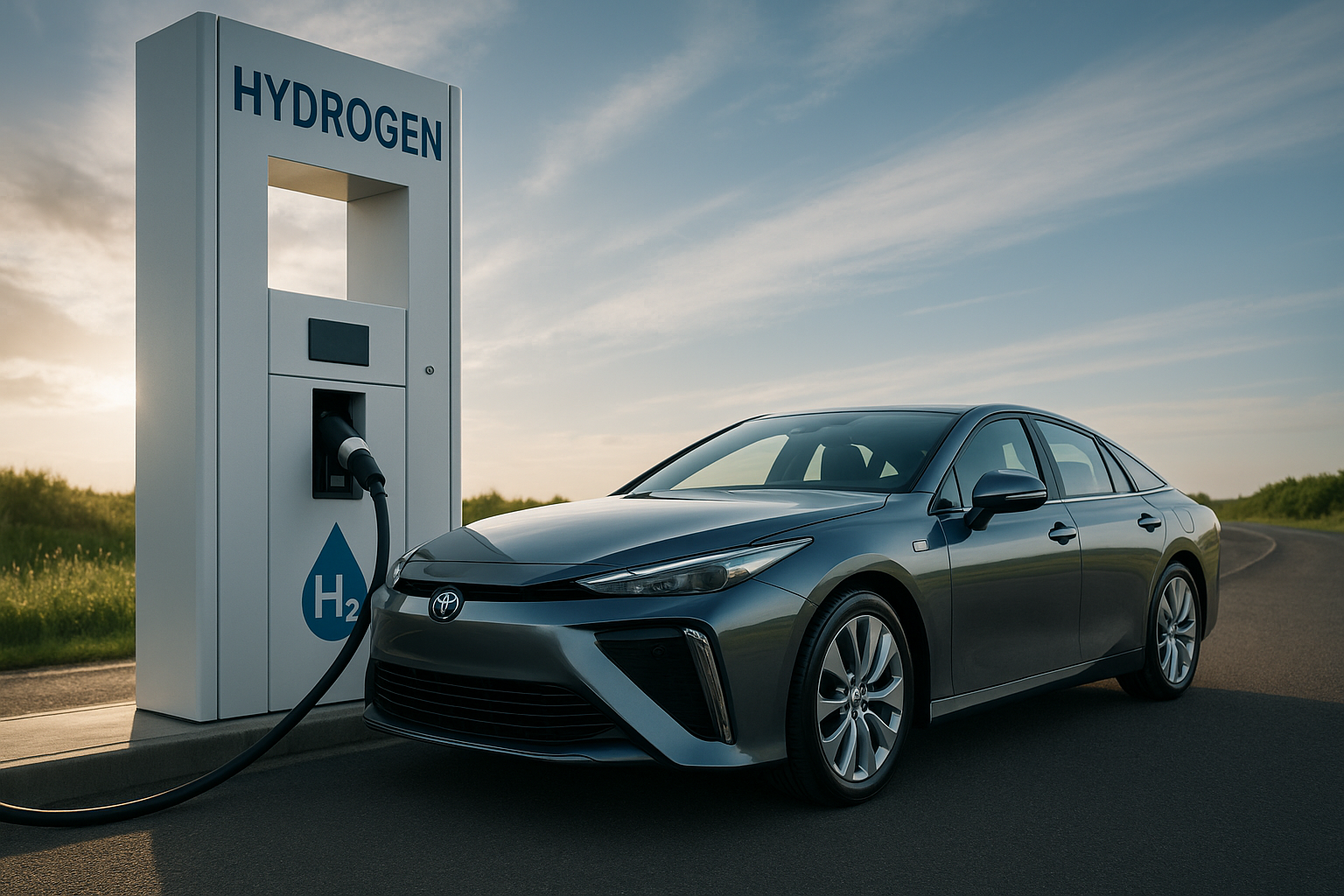"Rise of Hydrogen Fuel Cell Vehicles: A Sustainable Future"
Introduction: Have you ever wondered what the future of transportation might look like? Beyond electric and hybrid cars, there's another technology that is quietly making its way into the mainstream: hydrogen fuel cell vehicles (FCVs). This type of vehicle runs on hydrogen gas rather than gasoline and emits only water vapor as exhaust. As we delve into the world of FCVs, you will learn about their history, technological advancements, and their potential impact on the automotive industry.

A Historical Overview of Hydrogen Fuel Cell Vehicles
The concept of hydrogen fuel cells was first introduced in the early 19th century by Sir William Grove, a Welsh judge and scientist. However, it wasn’t until the mid-20th century that the technology was refined and applied to vehicles. The first hydrogen fuel cell vehicle was a modified farm tractor, unveiled in 1959 by Allis-Chalmers Manufacturing Company. Since then, various automakers have explored FCV technology, with notable progress in the early 21st century.
The Science Behind FCVs
Hydrogen fuel cell vehicles use a complex system to convert hydrogen gas into electricity, which powers the vehicle’s motor. Hydrogen is stored in a high-pressure tank and combined with oxygen from the air in the vehicle’s fuel cell stack. This process, known as a redox reaction, generates electricity, heat, and water - the latter being the only byproduct.
Current Trends and Developments
Today, automakers are increasingly investing in FCV technology due to its potential for reducing greenhouse gas emissions. Companies like Toyota, Honda, and Hyundai have released hydrogen fuel cell vehicles to the market, while others, like General Motors and BMW, are actively developing their own models.
The Impact of FCVs: Pros and Cons
The primary benefit of FCVs is their potential to significantly reduce carbon emissions. Unlike gasoline-powered cars, FCVs produce no harmful emissions, and the only byproduct—water vapor—is environmentally benign. Additionally, hydrogen is abundant and can be produced domestically, reducing dependence on imported oil.
However, there are also challenges. The infrastructure for producing, distributing, and storing hydrogen is still underdeveloped. Additionally, the process of producing hydrogen can itself result in significant carbon emissions, unless renewable energy sources are used.
Looking to the Future: A Hydrogen-Powered World?
As concerns about climate change intensify, the interest in hydrogen fuel cell vehicles is likely to grow. These vehicles, along with other clean energy technologies, could play a critical role in our transition to a more sustainable future. However, significant investments in infrastructure and advances in renewable hydrogen production are necessary to realize this potential fully.
In conclusion, as we navigate the path to a sustainable future, hydrogen fuel cell vehicles offer a promising alternative to traditional gasoline-powered cars. As technology advances and infrastructure expands, we may see these vehicles become an increasingly common sight on our roads.






